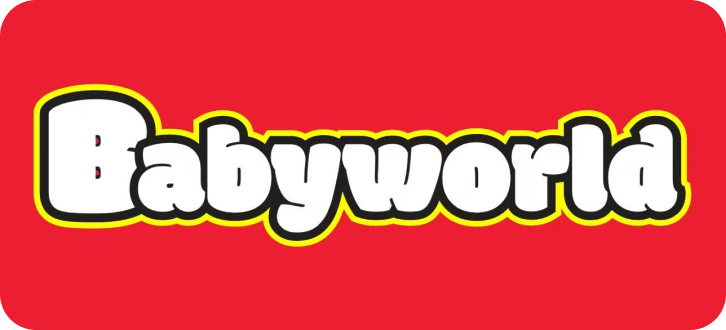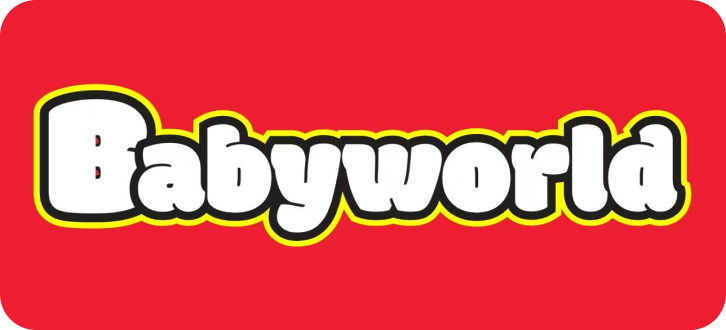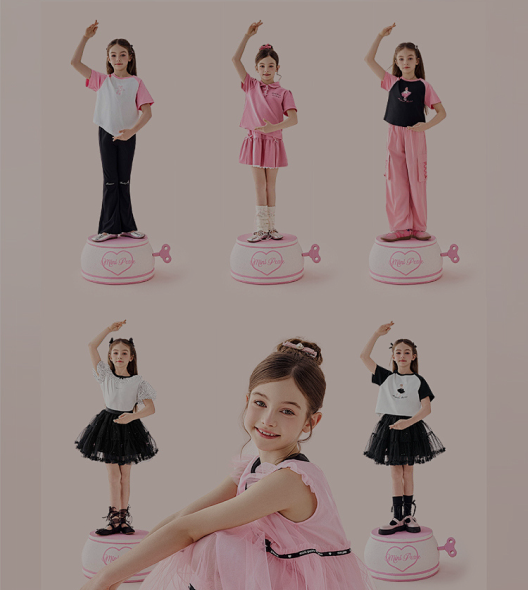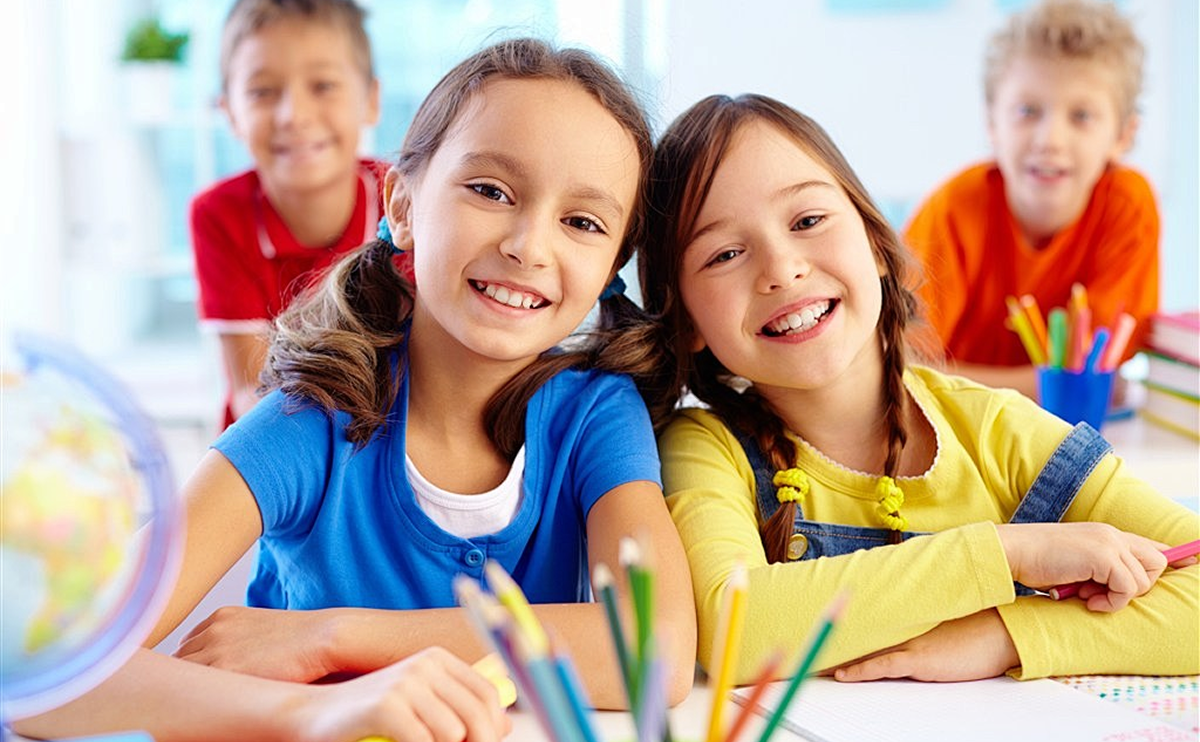Here is an article about educational enlightenment knowledge

Educational Enlightenment: The Starting Point for Every Child to Become a Lifelong Learner
Educational enlightenment is not about cramming knowledge into children, but about awakening their innate curiosity and desire to explore through scientific guidance. In the golden period of brain development from 0 to 6 years old, when 80% of neural connections are formed, the quality of enlightenment directly affects a child’s cognitive patterns, learning motivation, and even character development throughout life. How to use scientific methods to help children build cognition, develop thinking, and shape character in play? This article will systematically dismantle the core logic of educational enlightenment from scientific theories, age-appropriate practices, educational methods, parental roles, to real cases, providing a practical guide for families.
I. Scientific Theories: The Underlying Logic of Educational Enlightenment
1. Critical Period Theory: Seizing the "Sensitive Windows" of Brain Development
Neuroscience research shows that the human brain has "sensitive periods"—specific stages when the nervous system is most receptive to certain stimuli. For educational enlightenment, mastering these periods can achieve twice the result with half the effort.
0-12 months: Sensory-motor integration period
The brain’s occipital lobe (responsible for vision) and temporal lobe (responsible for hearing) develop rapidly. A 2023 study in Developmental Psychology found that infants exposed to 3+ types of visual stimuli (e.g., contrasting colors, dynamic patterns) daily have 40% more neural synapses than those in a monotonous environment by 1 year old.
Practical application: Hang rotating mobiles with red, black, and white patterns 30cm away from the baby’s crib; play recordings of natural sounds (rustling leaves, dripping water) for 10 minutes twice a day to stimulate auditory discrimination.
1-3 years: Language and motor explosion period
Broca’s area (language production) and cerebellum (motor coordination) enter a critical growth phase. Dr. Patricia Kuhl, a linguist at the University of Washington, pointed out that children who hear 5,000+ words daily before age 3 have a 3-year advantage in vocabulary by primary school.
Key guidance: Describe daily actions aloud ("Mom is peeling an apple—crunchy and red!"); set up low hurdles (5cm height) for toddlers to climb over, improving balance.
3-6 years: Executive function development period
The prefrontal cortex (responsible for attention, planning, and self-control) matures gradually. A Harvard University longitudinal study showed that 4-year-olds who can complete 3-step tasks (e.g., "put toys in the box, close the lid, and put it on the shelf") are 76% more likely to excel in primary school academics.
Training methods: Play "treasure hunts" with multi-step clues; use visual timers (sand clocks) to help children understand "10 minutes of reading time."
2. World Preschool Education Systems: Adaptation and Integration
Enlightenment methods vary globally, but their core is to respect children’s nature. Parents can extract localized strategies:
Montessori: The "prepared environment" principle
Maria Montessori emphasized that children learn best in environments tailored to their size and abilities. For example:
- A low shelf with 5-7 toys (avoid overcrowding) allows independent selection.
- Child-sized utensils (small spoons, cups) foster self-care skills—3-year-olds can learn to pour water without spilling with practice.
- Reggio Emilia: The "hundred languages of children"
This Italian approach values expression through art, drama, and nature. A typical project: "The Life of a Butterfly"
- Phase 1: Observe caterpillars in a classroom terrarium.
- Phase 2: Draw lifecycle stages; act out "caterpillar to butterfly" with fabric wings.
- Phase 3: Write a class book with children’s descriptions ("Butterflies taste with their feet!").
- Waldorf: Rhythm and imagination
Rudolf Steiner advocated balancing academics with artistic and practical activities. Daily rhythms (e.g., "breakfast → outdoor play → storytime → lunch") create security. Imagination is nurtured through "unstructured play"—using sticks as wands or blankets as caves instead of electronic toys.
II. Age-Appropriate Practice: Detailed Plans for Each Stage
1. 0-12 Months: Sensory Exploration as the Core
🌟 Multisensory Stimulation Games
- Visual tracking: Tie a red balloon to the crib (moving gently with air currents) to train eye movement. By 3 months, switch to picture books with large, simple images (e.g., Black on White by Tana Hoban).
- Tactile discrimination: Fill a shallow box with safe materials weekly:
- Week 1: Soft cotton balls and hard plastic balls.
- Week 2: Cool metal spoons and warm wooden blocks (adult supervision).
- Auditory discrimination: Play "sound hide-and-seek"—ring a bell behind the left/right shoulder to teach directionality.
🚀 Motor Skill Milestones and Training
- 0-6 months: Tummy time (3-5 minutes, 3x daily) strengthens neck muscles; hang a rattle within reach to encourage arm stretching.
- 6-12 months: Crawling is critical—create "crawl tunnels" with pillows; place favorite toys just out of reach to motivate movement. By 10 months, practice standing by holding onto a stable table.
2. 1-3 Years: Language and Social Awareness
🗣️ Language Explosion Strategies
- Narrate "the ordinary": Describe routines in detail ("We’re washing hands—water is warm, soap makes bubbles!") to build vocabulary.
- Respond to "babble talk": If a toddler says "ba-ba" while pointing at a ball, expand it: "Yes, that’s a blue ball! You want to roll it?"
- Read interactively: For Goodnight Moon, ask "Where is the cow jumping?" instead of just reading text.
👫 Social Skill Foundations
- Parallel play to cooperative play: At 18 months, children play alongside peers—provide duplicate toys (two trucks) to reduce conflict. By 3 years, introduce "team games" (e.g., "pass the ball to each other").
- Emotion labeling: When a child cries after falling, say "You fell down—your knee hurts, and you’re sad" to build emotional vocabulary.
3. 3-6 Years: Cognitive and Social-Emotional Growth
🧩 Logical Thinking Training
- Classification games: Sort buttons by color, then by size, then by "shape + color" (e.g., red circles vs. blue squares).
- Spatial awareness: Use building blocks to create "bridges" (requires understanding of balance) or "houses with rooms" (inside/outside concepts).
- Early math through cooking: Baking cookies teaches fractions ("We need ½ cup of sugar") and counting ("Let’s put 5 chocolate chips on each cookie").
🌍 Emotional Regulation and Empathy
- Puppet shows: Use hand puppets to act out scenarios ("Puppet A took Puppet B’s toy—how should B feel? What can A say?").
- "Calm-down corners": A soft rug with a stuffed animal and "breathing cards" (e.g., "blow out the candle"—slow exhales) helps children self-soothe.
- Gratitude practice: End each day with "one good thing"—"Today, you shared your crayons with Lily. That made her happy!"
III. Educational Methods: Turning Life into a Classroom
1. Gamified Learning: The Science of "Play with Purpose"
- Cause-and-effect exploration:
- Water play: Fill cups with holes of different sizes—children observe "big holes make fast drips, small holes make slow drips."
- Simple machines: A DIY ramp with a wooden board and books—test how "steeper ramps make cars go faster."
- Problem-solving through role play:
- "Restaurant" game: Children take orders, count "money," and "cook"—practices math, communication, and creativity.
- "Vet clinic": Stuffed animals "get sick"—children diagnose ("Fluffy has a fever—let’s take her temperature") and learn empathy.
- Narrative skills through storytelling:
- Start with "Once upon a time, a rabbit found a magic key..." and let children decide what happens next.
- Use story stones (painted with images: dragon, castle, treasure) to build tales collaboratively.
2. Environment Design: Creating a "Learning-Ready" Home
📚 Literacy-Rich Spaces
- Reading nook essentials: A soft rug, floor lamp, and a basket of 10-15 rotating books (fiction + nonfiction, e.g., Owl Moon and Why Do Leaves Change Color?).
- Writing corner: Low tables with large paper, crayons, and "letter stamps"—3-year-olds can "write" shopping lists with scribbles, then dictate to parents.
🔬 Exploration Zones
- Nature collection shelf: Jars for rocks, shells, and leaves—label with child-friendly names ("smooth river rock," "crunchy oak leaf").
- Science experiment kits: Safe materials like baking soda + vinegar (volcanoes), magnets + various objects (testing "what sticks").
🎨 Artistic Expression Areas
- Washable wall paint: A 1m x 1m section where children can draw freely with washable markers.
- Recycled art bin: Cardboard tubes, bottle caps, and fabric scraps—create "robots" or "flowers" to encourage upcycling thinking.
IV. The Parental Role: From "Teacher" to "Facilitator"
1. High-Quality Engagement: Beyond "Being Present"
- Active listening: When a child says, "Look at my drawing," ask "Tell me about this blue part—what is it?" instead of just "That’s nice."
- Scaffolding learning: Support without solving problems. If a child struggles to stack blocks:
- Level 1: "Let’s try putting the big blocks at the bottom."
- Level 2: Demonstrate stacking 2 blocks, then let them add more.
- Level 3: Praise effort: "You tried 5 times—now the tower is tall!"
- Modeling curiosity: Say "I wonder why..." aloud ("I wonder why the moon follows us in the car—let’s look it up!") to show learning is lifelong.
2. Avoiding Common Pitfalls
- Over-scheduling: 3-6-year-olds need 3+ hours of unstructured play daily—balance classes (art, music) with free time.
- Comparing milestones: A child who talks late may excel in spatial skills—development is uneven.
- Rewarding results over effort: Say "You worked hard on that puzzle!" instead of "Good job finishing it."
V. Case Study: A Community-Based Enlightenment Program
In Chengdu, the "Little Explorers" program integrates local culture into 启蒙 activities for 4-5-year-olds:
- Theme: "Our City’s Rivers"
- Field trip: Visit a local river, collect water samples, and observe aquatic plants with magnifying glasses.
- Collaboration: Invite a hydrologist to explain "how rivers help our city" (drinking water, transportation).
- Creation: Build a 3D model of the river using clay, sticks, and blue fabric; write "river poems" ("The river sings to the rocks—splash, splash!").
- Outcomes:
- Children showed increased vocabulary (e.g., "tributary," "ecosystem") and 89% could explain one way to protect rivers ("Don’t throw trash in!").
Conclusion: The Essence of Enlightenment
Educational enlightenment is not about creating "geniuses" but nurturing resilient, curious, and kind individuals. As psychologist Jean Piaget said, "Children are not empty vessels to be filled, but fires to be ignited."
Parents’ greatest role is to:
- Provide a safe space for exploration (even messy play!).
- Respond to children’s questions with enthusiasm ("Let’s find out together!").
- Trust that slow, steady growth beats rushed achievement.
Extended Action List
✅ For 0-12 months:
- Play "mirror games"—stick out your tongue, and wait for baby to imitate (builds social connection).
✅ For 1-3 years:
- Create a "memory box"—save artwork, photos, and small toys monthly to track growth.
✅ For 3-6 years:
- Plant a small garden (herbs or flowers)—teach responsibility and observe life cycles.
Enlightenment is a journey, not a destination. Every "why," every messy experiment, and every moment of wonder is a step toward raising a lifelong learner.




